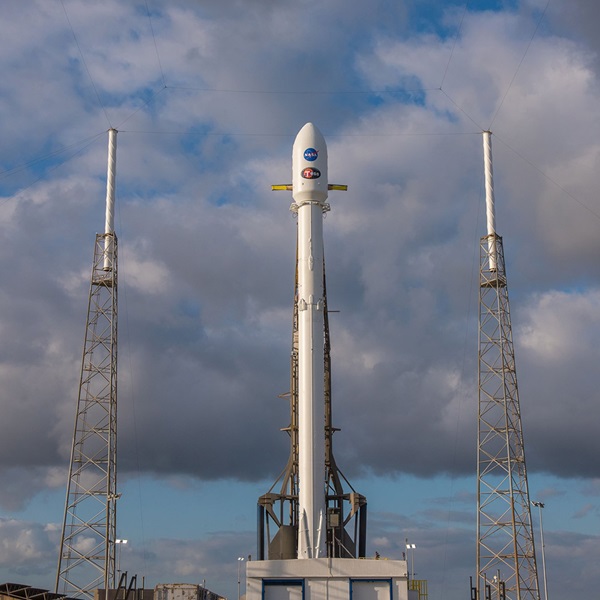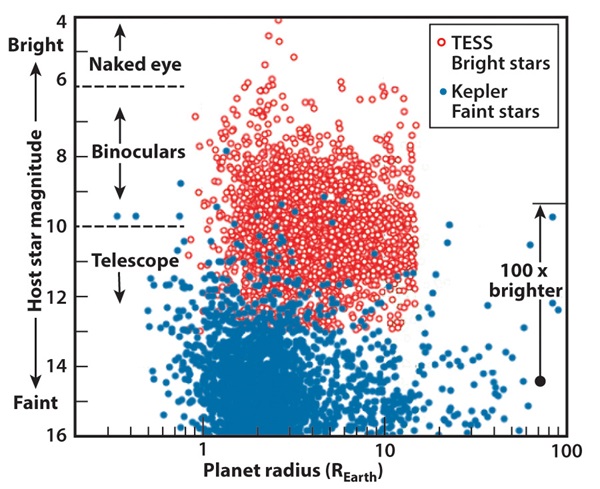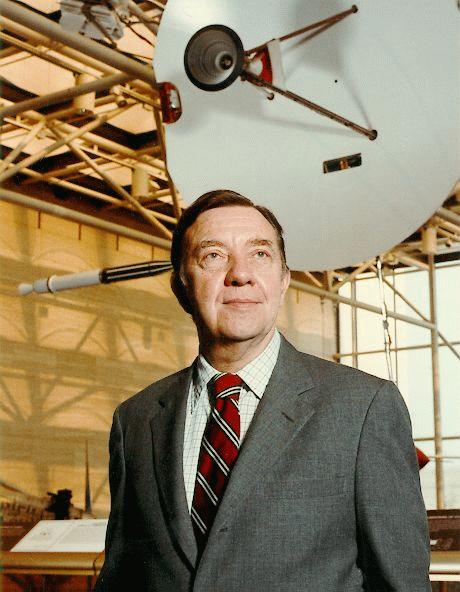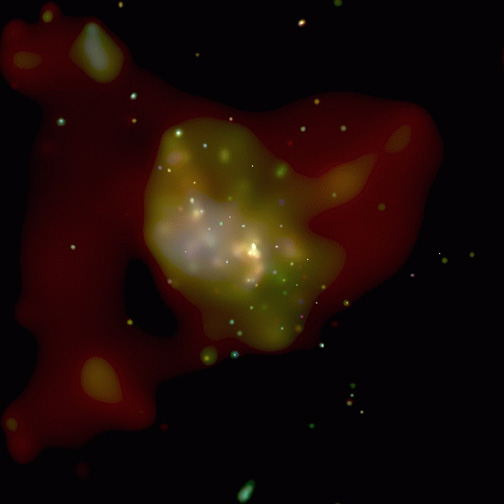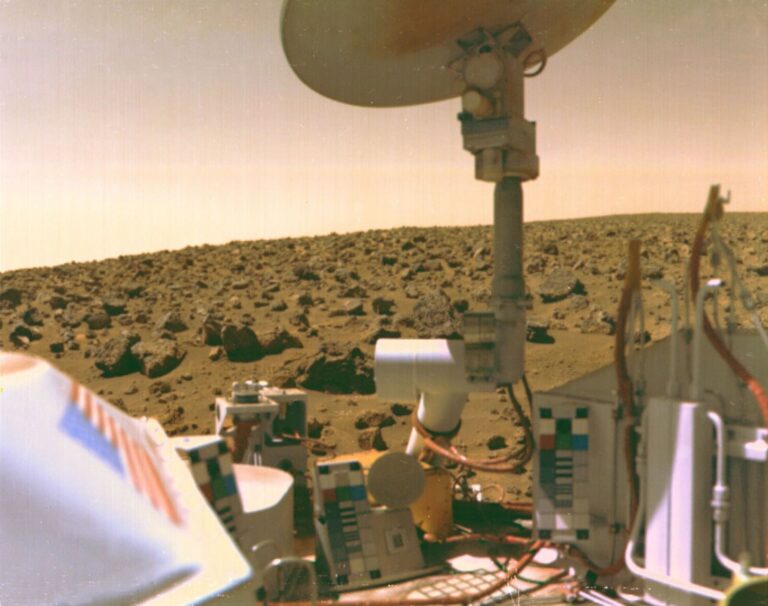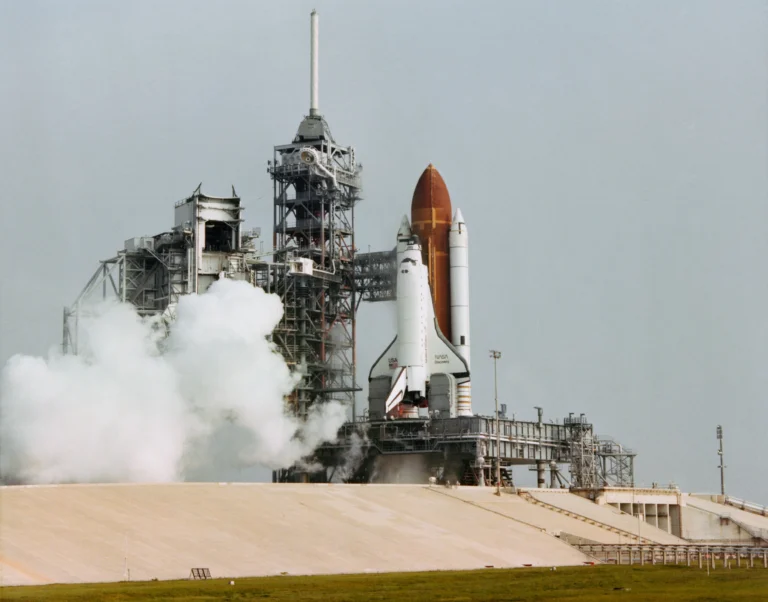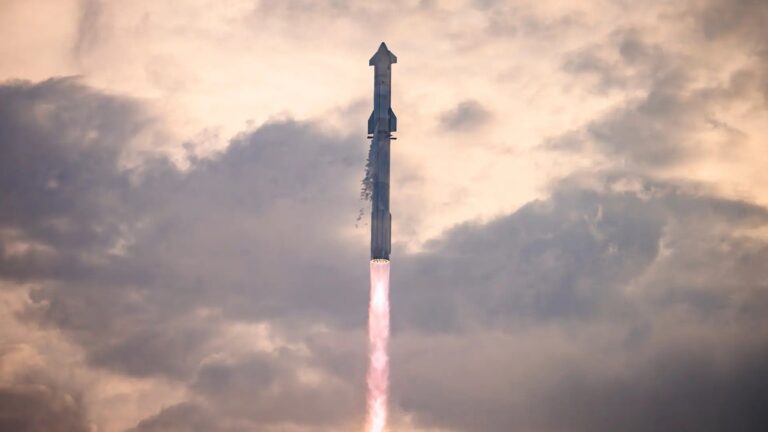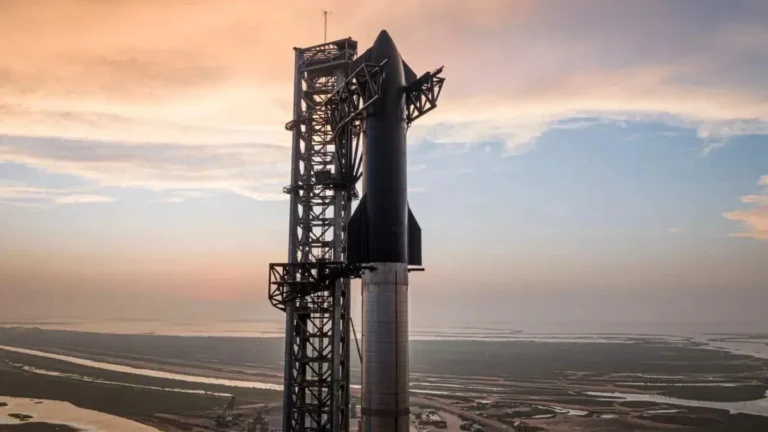Key Takeaways:
In just a few short hours, NASA will launch its new Transiting Exoplanet Survey Satellite (TESS) — the latest and greatest in planet-hunting telescopes. TESS, which is the successor to the wildly effective Kepler Space Telescope, will help researchers spot thousands of new exoplanet candidates, including hundreds of Earth-like planets located around bright stars in our solar neighborhood.
The new telescope will be shuttled into orbit aboard a Falcon 9 rocket that will blast off from pad 40 at Cape Canaveral Air Force Station in Florida. Though TESS is currently scheduled for takeoff at 6:32:07 p.m. EDT today (Monday, April 16), the launch window will only remain open for a scant 30 seconds. If the mission cannot launch within this short period of time today, NASA has backup launch opportunities penciled in for nearly every day until April 26th. You can watch the launch live directly below, courtesy of NASA TV.
To learn more about how astronomers discover and identify habitable exoplanets, check out our FREE exoplanet guide!
Watch the launch of TESS live, courtesy of NASA Television. Coverage of the launch starts at 6:30 p.m. EDT.
The mission
TESS is currently slated to spend at least two years searching for the nearest and most promising Earth-like planets around bright stars using the transit method of exoplanet detection. This technique — the same Kepler employed to discover nearly 3,000 exoplanets — relies on the fact that as a planet passes in front of its star (from our point of view), the planet blocks some small amount of the star’s light. When the planet clears the star, the observed starlight returns to normal.
By watching a star over time, astronomers can monitor for repeating and regular dips in the star’s brightness, which indicate the existence of an orbiting planet. Astronomers can then determine the period of the planet’s orbit by measuring the time between subsequent dips, while the planet’s size can be estimated based on the amount of starlight it blocks (the depth of the dip). Furthermore, because a host star illuminates a transiting planet from behind, some of the starlight passes through the planet’s atmosphere (if it exists). This lets astronomers use spectroscopy to break down the atmosphere-skimming light into its constituent parts, revealing information about the elements present in the planet’s atmosphere.
The reason TESS is focused on finding nearby exoplanets around bright stars is that the mission is meant to foster as many follow-up studies as possible. With Kepler, the majority of host stars housing exoplanets were just too faint for further analysis. On the other hand, TESS is perfectly designed for finding intriguing systems ripe for future study with telescopes such as the James Webb Space Telescope, now scheduled for launch in 2020.
“TESS is NASA’s next step in the search for planets outside of our solar system, known as exoplanets, including those that could support life. The mission is expected to catalog thousands of planet candidates and vastly increase the current number of known exoplanets. TESS will find the most promising exoplanets orbiting relatively nearby stars, giving future researchers a rich set of new targets for more comprehensive follow-up studies, including the potential to assess their capacity to harbor life.”
Following the launch of TESS, SpaceX plans to recover the first-stage booster of its Falcon 9 rocket, which will attempt an upright landing atop a drone ship parked in the Atlantic Ocean.

